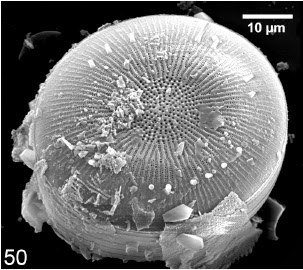The United States Geological Survey recorded a Magnitude 2.5 Earthquake at a depth of 5.5 km, 3 km southwest of San Juan Bautista in San Benito County, California, slightly before 2.05 pm local time (slightly before 9.05 pm GMT) on Saturday 28 September 2013. This is a small quake, highly unlikely to have caused any damage or casualties, though people did report feeling it in Santa Clara County to the north of the epicenter.
The approximate location of the 28 September 2013 San Juan Bautista Earthquake. Google Maps.
California is extremely prone to Earthquakes due to the presence of the San Andreas Fault, a tectonic plate margin that effectively bisects the state. The west of California, including Santa Barbara and Los Angeles, is located on the Pacific Plate, and is moving to the northwest. The east of California, including Fresno and Bakersfield is on the North American Plate, and is moving to the southeast. The plates do not move smoothly past one-another, but constantly stick together then break apart as the pressure builds up. This has led to a network of smaller faults that criss-cross the state, so that Earthquakes can effectively occur anywhere.
Witness accounts of Earthquakes can help geologists to understand these events and the underlying structures that cause them. If you felt this quake (or if you were in the area but did not, which is also useful information) then you can report it to the United States Geological Survey here.
See also Magnitude 2.8 Earthquake in San Benito County, California, Magnitude 2.6 Earthquake in Kern County, California, Magnitude 3.6 Earthquake in Inyo County, northern California, Magnitude 4.3 Earthquake hits Kern County, California and Magnitude 3.9 Earthquake in north California.
Follow Sciency Thoughts on Facebook.
































